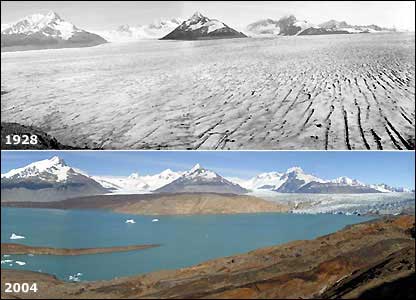
If you had a big globe with a coat of varnish on it, the thickness of that varnish, relative to the globe, is pretty much the same as the thickness of the earth's atmosphere as compared with the Earth itself. Presently, the composition of this atmosphere is being changed by chemicals and toxic gases, leading to global warming. In this context, Singapore has always directed her policies towards the reduction of gases such as CO2 and CO by the use of efficient power generation and mass public transport.
The first problem, is the power generation in Singapore, which consumes more than half of its fuel. In view of this, the government has adopted a combined cycle method using steam and gas turbines. This has increased the power generation efficiency from 38% to 44%. Moreover, the fuel oil powered plants have been replaced by duel-fuel plants, thereby reducing the amount of CO2 by 37%.
Another problem is that of transportation, which uses 16% of the country's fuel. Singapore has a very good network of public transport, and the government has promoted it's use for the past few years. The ownership of private cars are also discouraged through high taxation and the number is controlled by the highly priced quota. Use of alternate fuel and green cars have been encouraged by providing tax incentives due to which more people have started to use green cars in the present.
In short, Singapore has attended to the problem of global warming and has adopted various strategies to curb the emission of greenhouse gases. This has led to the growth of clean energy like biomass and solar cells, which are the main sources of energy for the future. As Al Gore said in his documentary of 'The Inconvenient Truth', "The solutions are in our hands. We just need to have the determination to make them happen".
References:
Energy for growth – National Energy Policy Report
Ministry of Trade and Industry, Singapore
ISBN 978-981-05-9512-8 Nov 2007